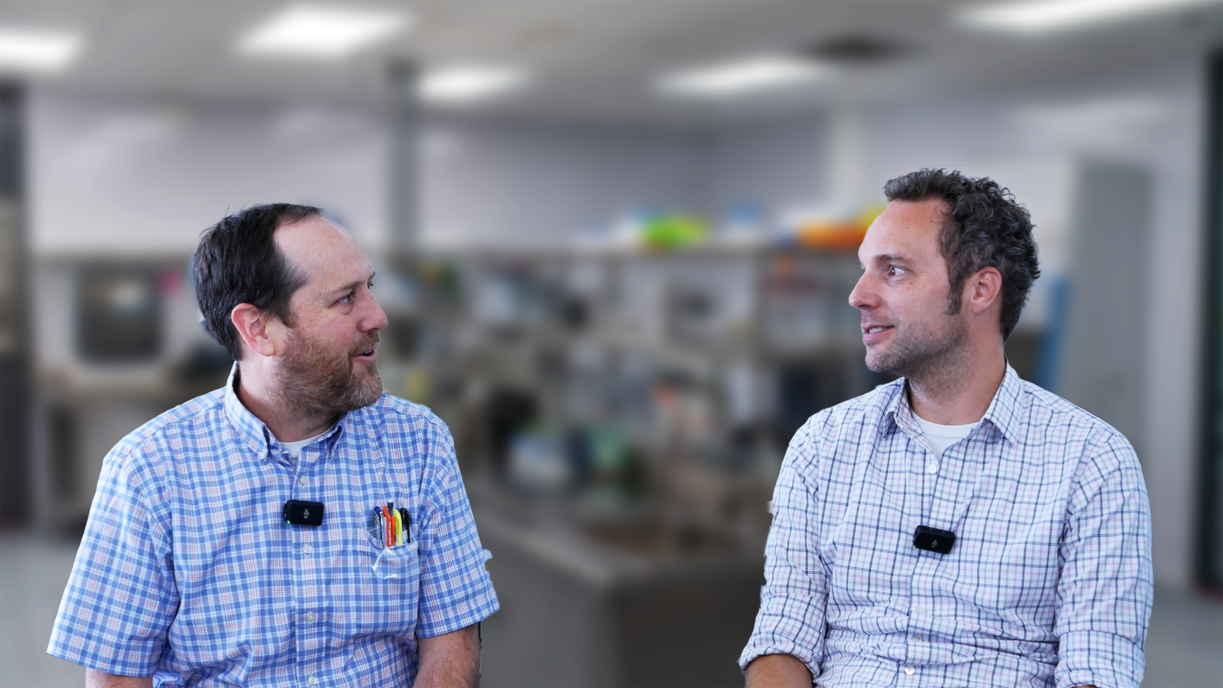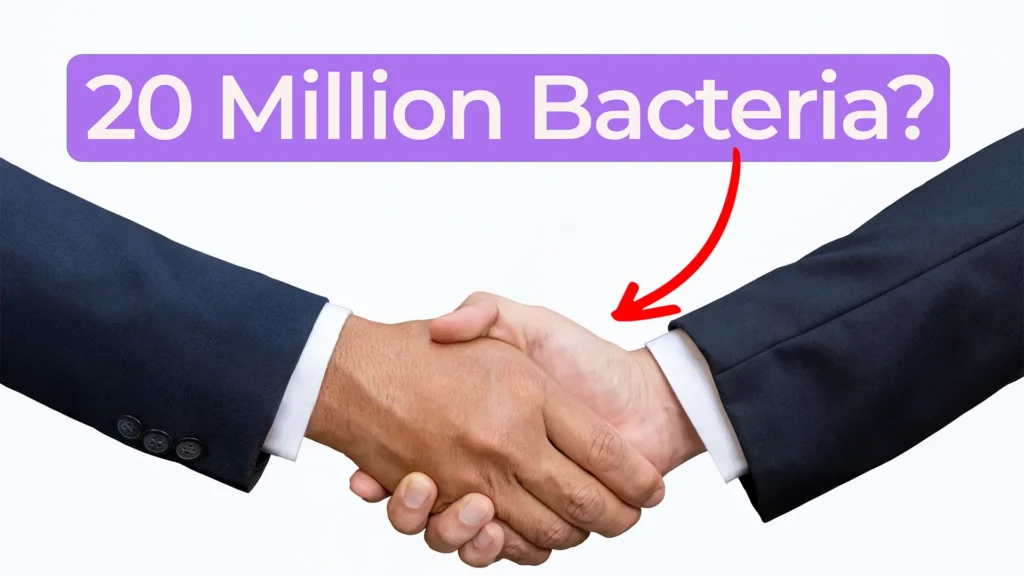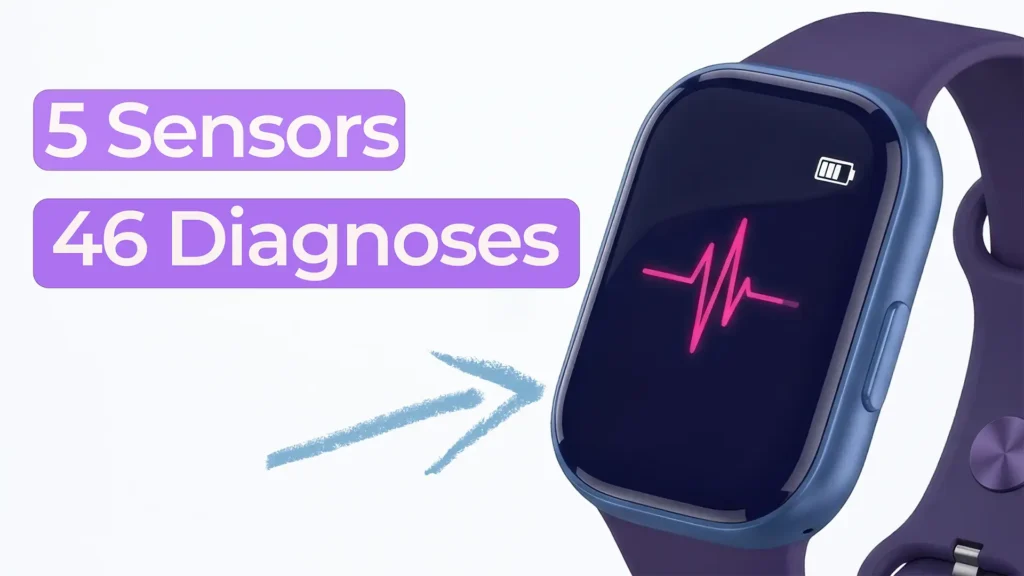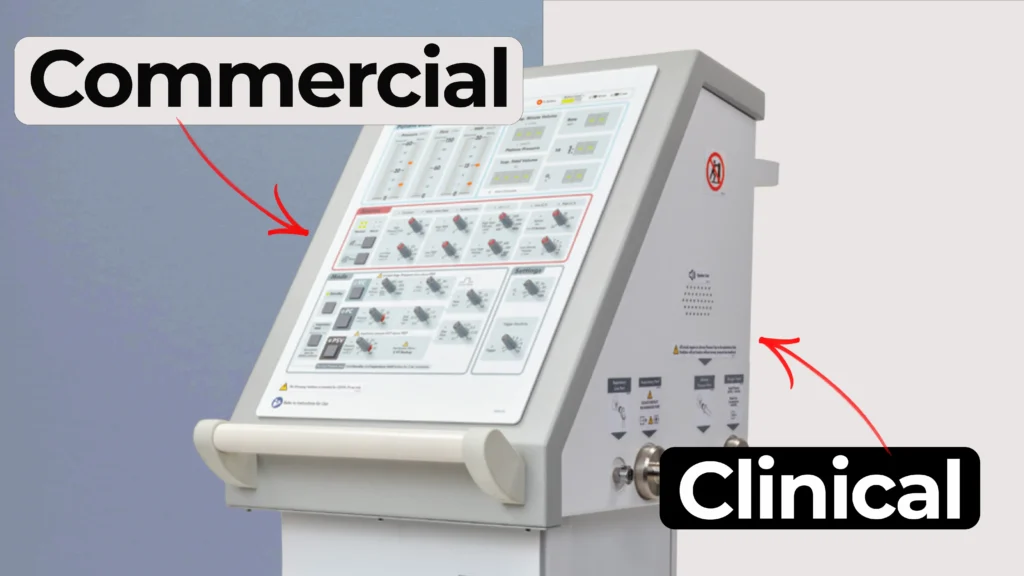
Bio Break: How to Ensure Targeted Drug Delivery Hits the Right Spot
In this episode of Bio Break, Nick Allan and Joris van der Heijden tackle the fascinating challenge of targeted drug delivery. When administering drugs to specific areas in the body, how can we be certain they reach the intended target? Nick shares an exciting example involving an intranasal device designed to deliver drugs precisely to the olfactory cleft—an area located between the eyes.
From initial bench modeling with plastic nose prototypes to sophisticated human trials, the episode breaks down the multi-step process used to confirm drug deposition. Learn how techniques like using food coloring on prototypes and delivering radiotracer technetium-99 for imaging helped refine their approach. Nick dives into the advanced use of CT scans and radioactivity mapping, followed by real-world testing with medical-grade methylene blue and ENT scope visualization.
The team showcases how the integration of engineering, human trials, and medical-grade testing leads to reliable results in targeted delivery systems. Discover why these detailed studies are crucial for verifying that drugs reach their destination, ensuring safety and effectiveness.
Whether you’re a medical professional, device developer, or simply intrigued by how cutting-edge drug delivery works, this episode offers insights into the science and technology behind targeted solutions.
Key Topics Covered:
- Real-world examples of ensuring precision drug delivery
- Targeted drug delivery to the olfactory cleft
- Using radiotracers like technetium-99 in imaging trials
- Employing methylene blue for visible deposition tracking
- Challenges and solutions in intranasal device testing
How to Ensure Targeted Drug Delivery Hits the Right Spot
Related Resources

In this Bio Break episode, Nick and Nigel explore a surprising and memorable microbiology fact that puts everyday hand hygiene into perspective.

Nick and Nigel explore how a surprisingly small set of sensors could be used to identify a wide range of common health conditions.

Understanding how clinical ventilator development differs from commercial ventilator design is essential for teams planning early studies.

Nick walks through a practical Teflon tape lesson that came from real work supporting a mechanical test rig.
